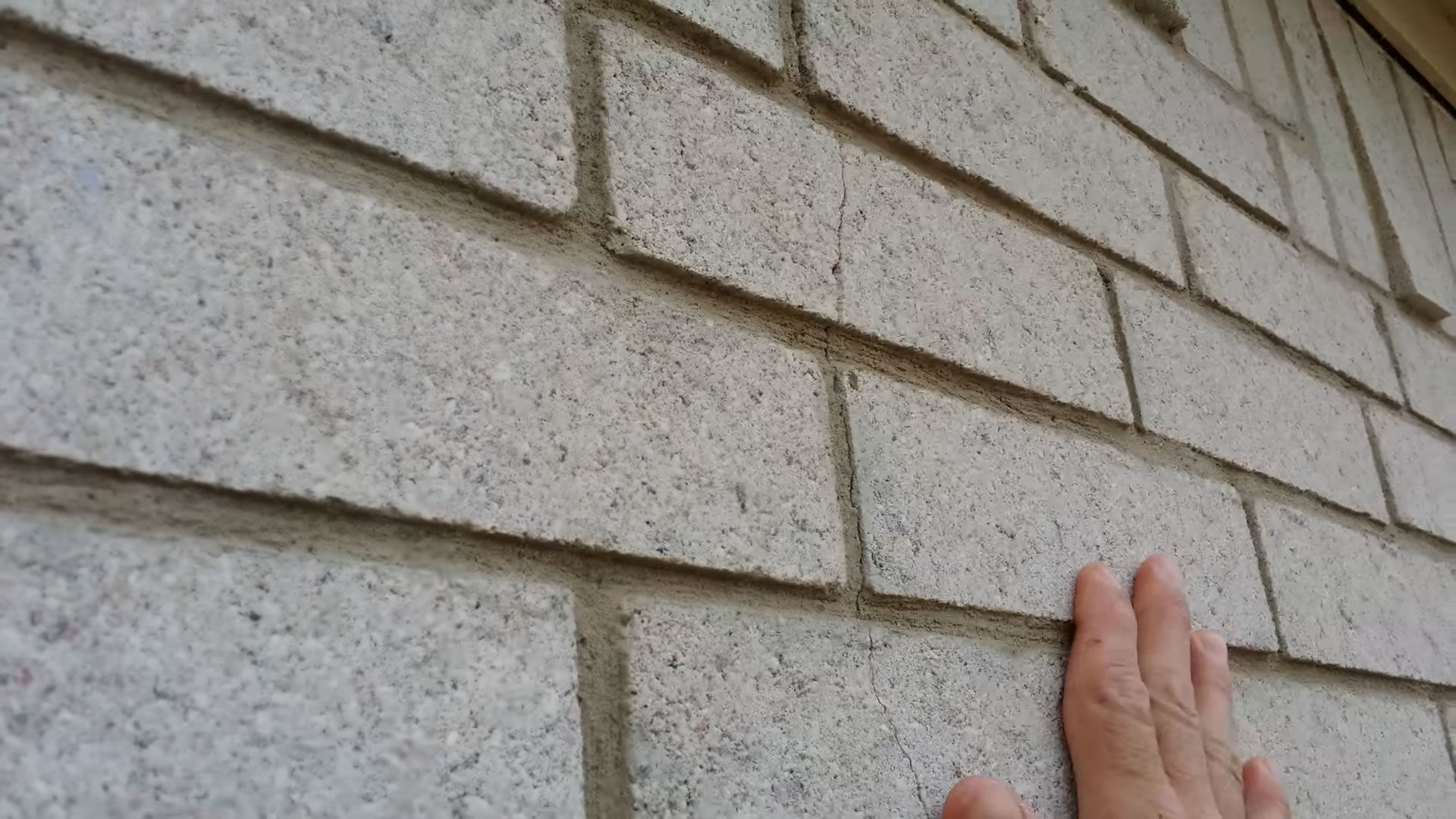
17 May What Causes Brick Cracks Above Windows and Doors
Cracks in brick siding make a home look unkempt. Learn what causes cracks above windows and doors and prevent this type of cracking.
Cracks that sprawl between the mortar joints on a brick wall are not an uncommon site. You can often see a stair step appearance where new mortar has been added to compensate for the settling of a building and to keep the structural integrity of the building intact. However, new homes often have cracks that form on the corners of the windows and doors only and never seem to develop any other cracks. There is a reason for this and a very simple way to prevent it from happening again.
Table of Contents
Brick Wall Construction
Before we get into why the cracks start, we have to understand how brick is tied together. Brick veneer is a full brick that sits on the foundation of the home on a portion of the foundation called the brick ledge. This ledge is about four to six inches lower than the top of the foundation where the sill plate that the floor joists sit on is attached.
The brick is then laid down in a staggered pattern and tied to the wall framing with brick ties. A gap exists between the bricks in order to allow for moisture that builds up to flow down between the brick and the wall and weep out the bottom. The wall is protected by building paper or a house wrap that is designed for extremely moist conditions.
Window/Door Brick Support
Because bricks cannot support themselves, masons use a lintel to support the brick above windows and doors. A lintel is piece of steel angle iron that is shaped like an L. It is slightly longer than the top of the window and rests on top of the brick. The cap brick is then laid on the steel lintel, mortared together, and the lintel supports the rest of the weight of the brick wall that continues above it.
Cracking From the Lintel
Because the lintel does not allow water to work down the cavity as it provides a block that prevents water from weeping anywhere else, the water sits on the steal lintel causing it to rust. The oxidization process of rusting causes a reaction with the mortar around it that causes the mortar to break down and the lintel begins to shift causing cracks around the windows and doors. As the lintel rusts, often stains can be seen down the wall where the edges are.
The Solution
The simplest solution is to simply remove the lintel and put in a new one that is heavily coated in a water resistant paint. New bricks are installed for the capping and the joints are tuck pointed to re-fill them to match the existing mortar as best as possible. Performing this fix will prevent future cracking for several years.
Cracks may still happen as the house shifts, but this type of cracking around the windows and doors will be much less likely by completing this project.


